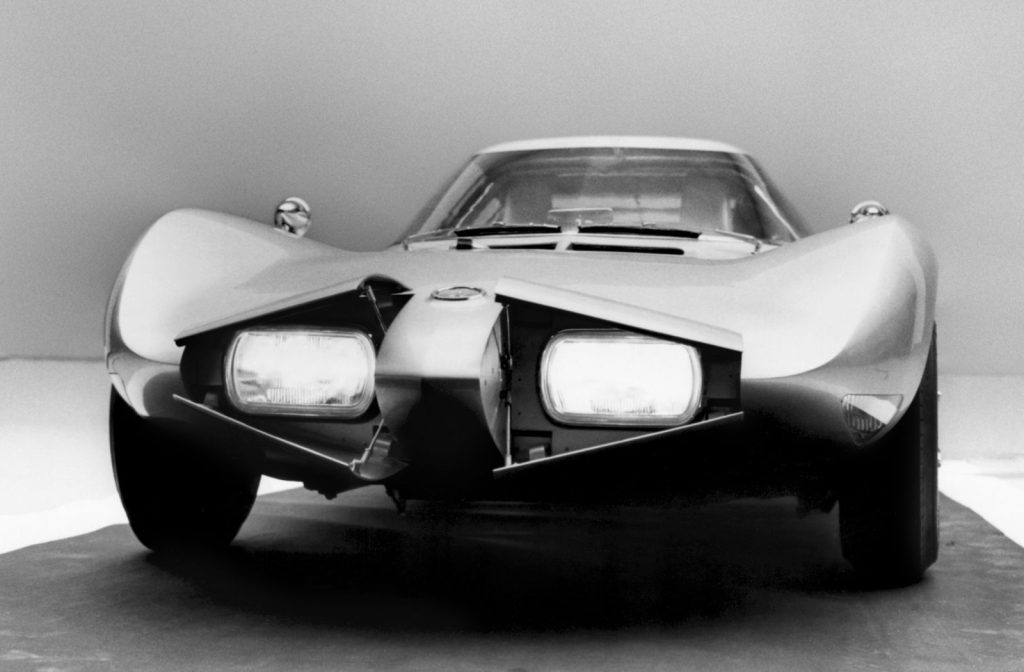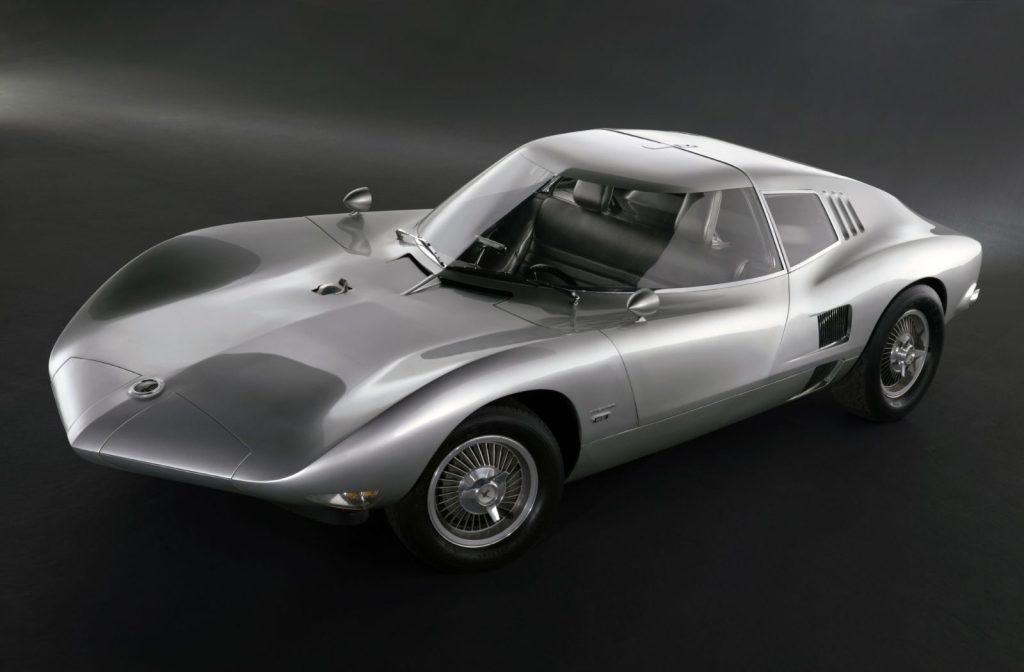The Chevrolet Corvair never became a legend of the brand, despite being one of the most innovative passenger cars ever created by Chevy. However, the story could have been different if the mid-engine Monza GT had advanced beyond the concept phase.
Ed Cole, a graduate of the General Motors Institute and an incurable car enthusiast, began making a name for himself within GM in the late 1940s. After co-developing Cadillac’s innovative OHV V8, which inspired the creation of the small block Chevy, Cole became the chief engineer of the Chevrolet division in 1952. Under his supervision, creative minds within the division, such as Zora Arkus-Duntov, Bill Mitchell, and Larry Shinoda, were given carte blanche to experiment with innovative designs and engineering solutions.
Cole had a particular fascination with the transaxle, a component that combines the gearbox, differential, and axle into a single unit. This would eliminate the bulky transmission tunnel, allowing for more spacious cabin designs. He envisioned a future where all Chevy models would use a transaxle, calling this innovative line of vehicles Q-Chevrolets. Despite many intriguing concepts, only one Q-Chevy made it to mass production: the Corvair.

Introduced in late 1959 as a 1960 model, the Corvair became Chevy’s answer to the growing popularity of the Volkswagen Beetle, being the most atypical model of the division. An affordable compact available in various body styles, the Corvair used the transaxle beloved by Cole, connected to a rear-mounted, all-aluminum six-cylinder engine and came with a four-wheel independent suspension system.
Despite its econocar status, it was a rather innovative model, especially for 1960. The model sold well during its early years on the market, received an extensive redesign in 1965, and survived until 1969. Today, the Corvair remains as the only mass-produced Chevy to employ a flat-six engine and the second production car to feature a turbocharged engine, after the previously introduced Oldsmobile Jetfire in 1962.
The Monza GT, a much more attractive sports concept, could have changed the perception of the Corvair. Initiated with the idea of Bill Mitchell, GM’s vice president of design, to transform the Corvair into a legitimate sports car, the XP-777 project was handed over to promising stylists Larry Shinoda and Tony Lapine. They were tasked with designing a new radical body, while a team led by Frank Winchell was instructed to build the modified chassis.

The result was a concept that looked nothing like the mass-produced Corvair. A stunning blend of flowing curves and aggressive straight lines, the concept was far ahead of its time in terms of style, which explains why it still impresses over six decades later.
Although the exterior design was (and still is) the main point of discussion, the foundations of the Monza GT were also intriguing and innovative for the early 1960s. Built around a modified Corvair chassis that was shortened by 16 inches (406 mm), the concept car featured a fully adjustable double wishbone independent suspension system and four-wheel disc brakes.

The Monza GT was a true mid-engine sports car. Although it used a standard 145-ci (2.3-liter) Turbo-Air 6 engine rated at 102 hp, the unit was reversed so that it was located in front of the transaxle for better weight distribution.
The Corvair Monza GT made its public debut in the summer of 1962 at Elkhart Lake, where it was enthusiastically received by the public and automotive press. Despite remaining as a one-off concept, the Corvair Monza GT continued to inspire various GM production projects and cars.

Today, unlike other experimental cars from the 1960s, the GT was not destroyed or reused. Instead, it joined the GM Heritage Center in Sterling Heights, Michigan, where it can be admired today, along with over 700 legendary vehicles. This forgotten concept remains one of the most beautiful and intriguing Chevys ever created, even over sixty years after its unveiling.











